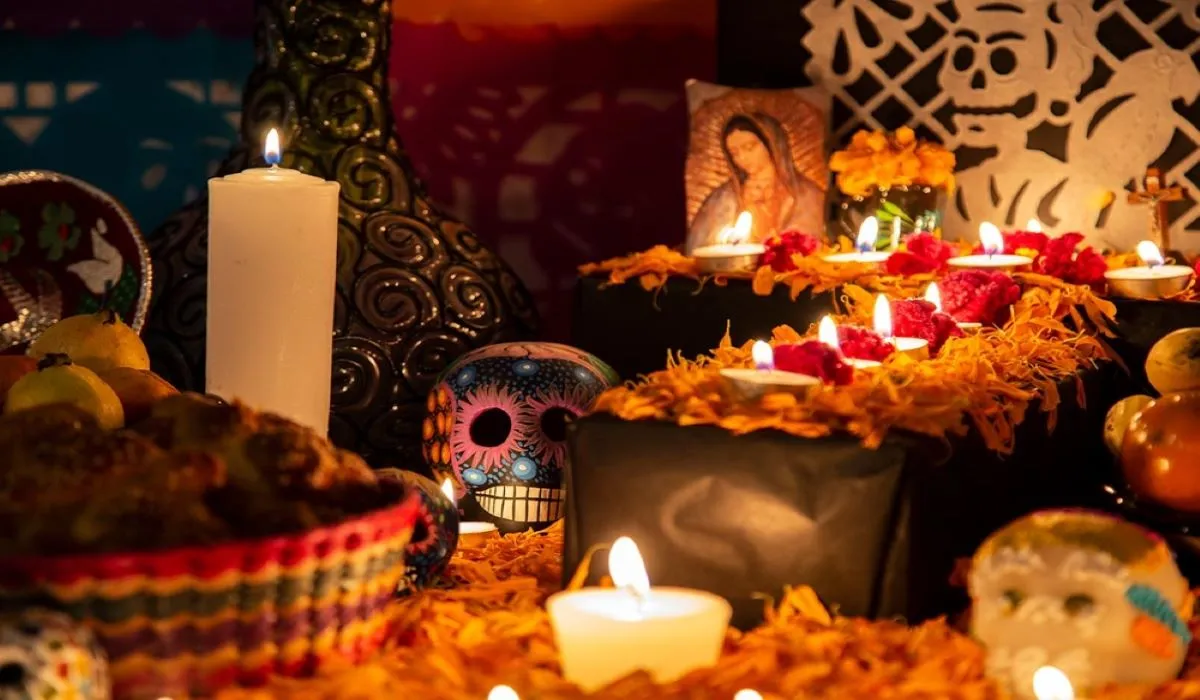Day of the death!
The 2nd of November is the only day per year when you can get your alebrije.
From a specific location in Mexico, a portal and a magical bridge made out of :
"La flor de cempasúchil "
A yellow flower that is very common in Mexico, open just on that day.
From that bridge, you will see arrive your Alebrije, and if you want as well your relatives from
the other world.
That is why you will have to be patient and wait for that day.






